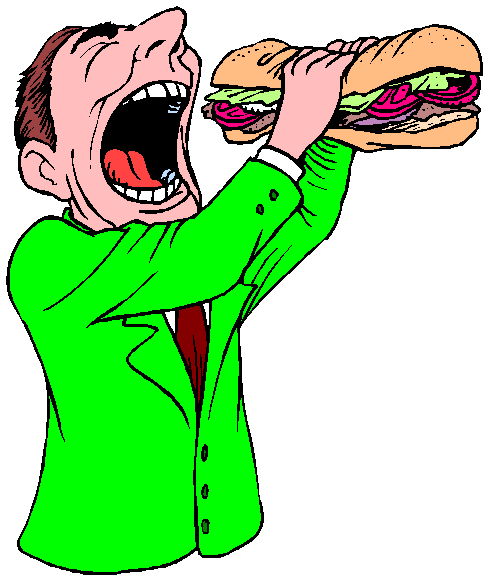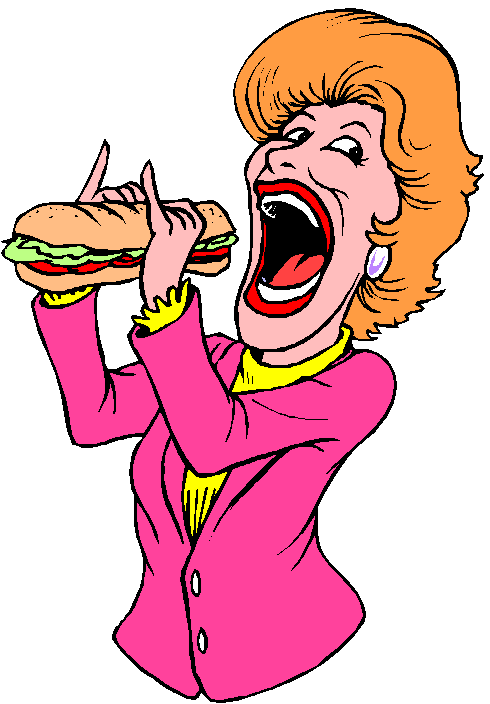Please identify and describe yourself:
There are two Philly Cheese Steak restaurants in South
Philadelphia, Pat's and Sal's. They produce premium grade sandwiches for wholesale
distribution. There are three choices for the wholesale price of a sandwich: $4, $4.50,
$5.00. The cost of making a sandwich is constant and is the same for both vendors. By
popular acclaim, Pat's Steaks are the best. The payoff table, or strategic form of
the game is shown below. In any cell, the first entry corresponds to sandwiches sold
by Pat, the second entry corresponds to sandwiches sold by Sal.
| |
|
| $4 |
$4.50 |
$5 |
|
$4 |
750,
250 |
800, 200 |
1000, 0 |
| $4.50 |
700,
300 |
750, 250 |
800, 200 |
| $5.00 |
600,
400 |
700, 300 |
750, 250 |
- Suppose that Pat has announced that in order to preserve brand
identity he will always charge $5.00. What price should Sal charge? Pat
and Sal are only concerned with unit sales, not $ sales.
- Suppose that Sal announces that he will always take the low road
and charge $4, no matter what. How much should Pat charge? They are still
only concerned with unit sales.
- Now suppose that Pat and Sal must announce their pricing decisions
simultaneously. They no longer adhere to the pricing rules that they may have used in the
previous two questions. What price strategy should Sal use in order to maximize unit
sales?
- Pat and Sal must announce their pricing decisions simultaneously.
They no longer adhere to the pricing rules that they may have used in the first two
questions. What price strategy should Pat use in order to maximize unit sales?
- Reconstruct the table with the payoffs stated in
terms of dollar sales rather than unit sales. If Pat and Sal are revenue maximizers
rather than unit sales maximizers, what prices will they charge. (Hint: First find
Sal's best strategy, regardles of what Pat chooses. Because Pat has the table
available to him he knows what strategy Sal will choose, and so Pat makes his choice on
that basis.)
Sal's choice Pat's Choice



